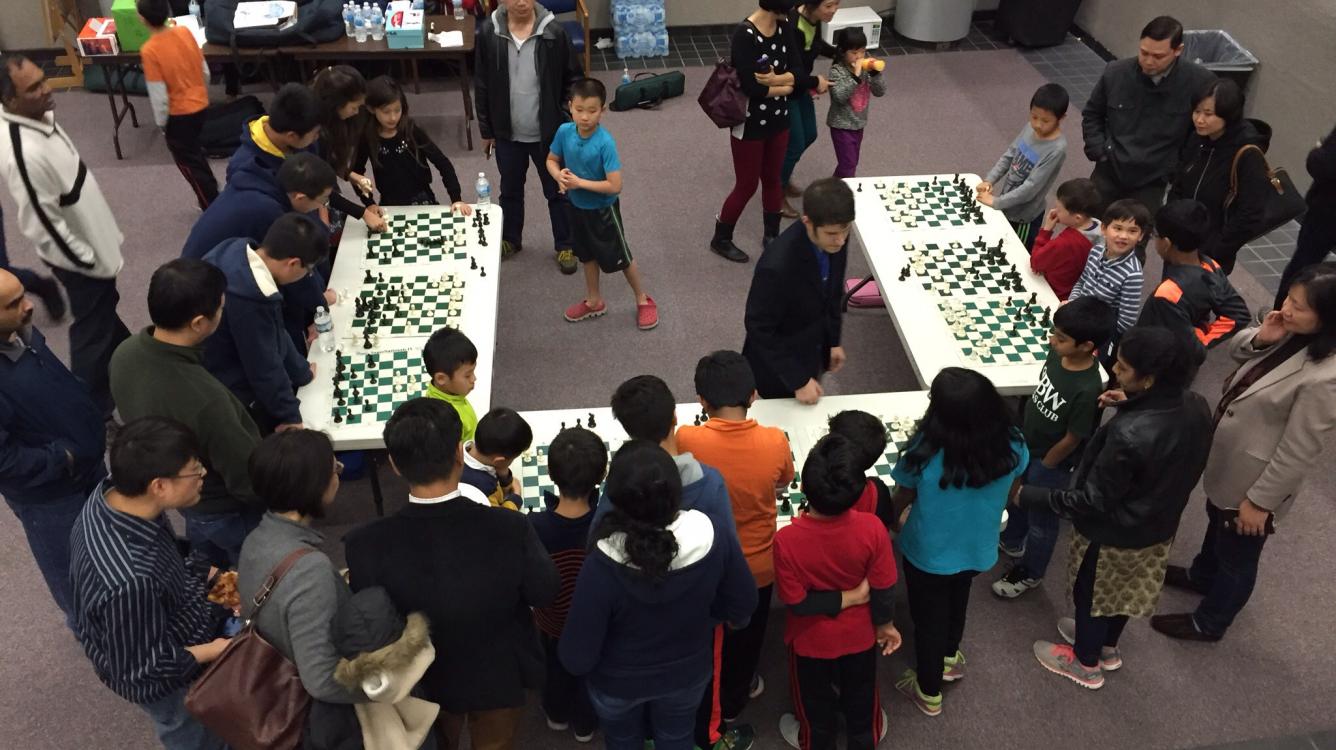
My Year in Openings: g6 Spanish
Last week I wrote about some changes I made to my blitz repertoire this year that brought me success with the white pieces. A couple people asked me for similar thoughts with Black, so I’m going to present a few model games for my favorite line against the Ruy Lopez, the g6 or Smyslov Variation. This has been an ideal opening for me in slow and fast chess for a few reasons.
- Black gets a kingside attack against quiet development by White. Of course White is fine with correct play, but it requires calculation and should burn some time on the clock.
- The line is sound! I want to attack, but I don’t want to be forced into anything dubious. Top players like Carlsen, Nakamura and Mamedyarov have all played this line on occasion.
- The “easy to learn path to an advantage for white” isn’t scary. Some books recommend a path to a slightly better pawn structure for White, but Black shouldn’t have any problems in the resulting positions. I’ve included a few games at the end of the article to cover this line.
The main line
The most common positions you get out of the g6 Spanish are very similar to the King’s Indian Defense. White has more space, but black has a kingside pawn storm in a blocked position. I think that theoretically white is slightly better, but black’s position is easier to play. Also, because you’re getting this position against 1.e4, most of your opponents won’t know how to play against the King’s Indian. One issue is that white can trade light squared bishops which slows down black’s attack. As a result, you do need to challenge White’s pawn center and can’t rely on a mating attack just by blocking the position.
This was a slow game, but shows the attacking ideas well.
I’ve had opportunities to play this line against strong opponents in blitz. Here’s a game on chess.com against GM Jon Ludvig Hammer.
And here’s another example of a similar sacrifice.
If white allows you to avoid the bishop trade, Black’s attack is even stronger. Here’s a game against GM Sergey Kasparov, where I should have sacrificed that bishop earlier than I did, but the attack was unstoppable anyway.
Here’s another strong attack when you get to keep the bishops.
The 4.d4 line
Several books recommend that White avoid the King’s Indian style position above and instead trade into an Exchange Spanish pawn structure. I’ve always enjoyed playing the black side of these positions. Black’s doubled pawns provide good shelter for the king and white is a long way from reaching a winning ending. You can get my opponent’s perspective on an older blitz game (predating my chess.com days) here, thanks to chessexplained.
Here are a couple of traps to watch out for.
I want to credit GM Ivan Sokolov’s book The Ruy Lopez revisited for initially teaching me this line. I even got a chance to try it out against him this year.
Happy new year to everyone! If you’d like similar coverage of my recommendations against 1.d4 or another variation, let me know in the comments.
